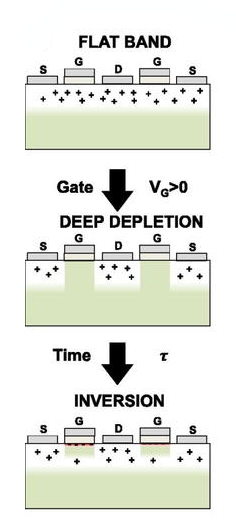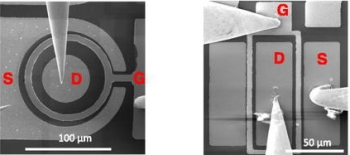Researcher say the deep-depletion regime of bulk-boron-doped wide band gap semiconductors could be an avenue toward power MOSFETs able to handle large voltages and high temperatures.
A group with members based in France, the UK and Japan applied the technique to diamond-based MOSFETs. But they say a similar scheme would work in other wide-band-gap semiconductors. They have used the idea to produce simple diamond MOSFET structures from single boron-doped epilayer stacks. This new method boosts a diamond-based MOSFET’s hole channel carrier mobility by an order of magnitude.
The group apparently thinks their approach is promising enough to commercialize. They have formed a start-up called DiamFab to bring the idea to market.

The deep-depletion concept is said to overcome the carrier scattering problem. To build their MOSFET, the researchers deposited a layer of aluminum oxide (Al2O3) at 380°C over an oxygen-terminated thick diamond epitaxial layer. They created holes in the diamond layer by incorporating boron atoms. Boron has one less valence electron than carbon, so its presence leaves a missing electron which acts like the addition of a positive charge, or hole. The resulting layer of material functioned as a thick conducting hole channel.

The group described their work in Applied Physics Letters.


Leave a Reply